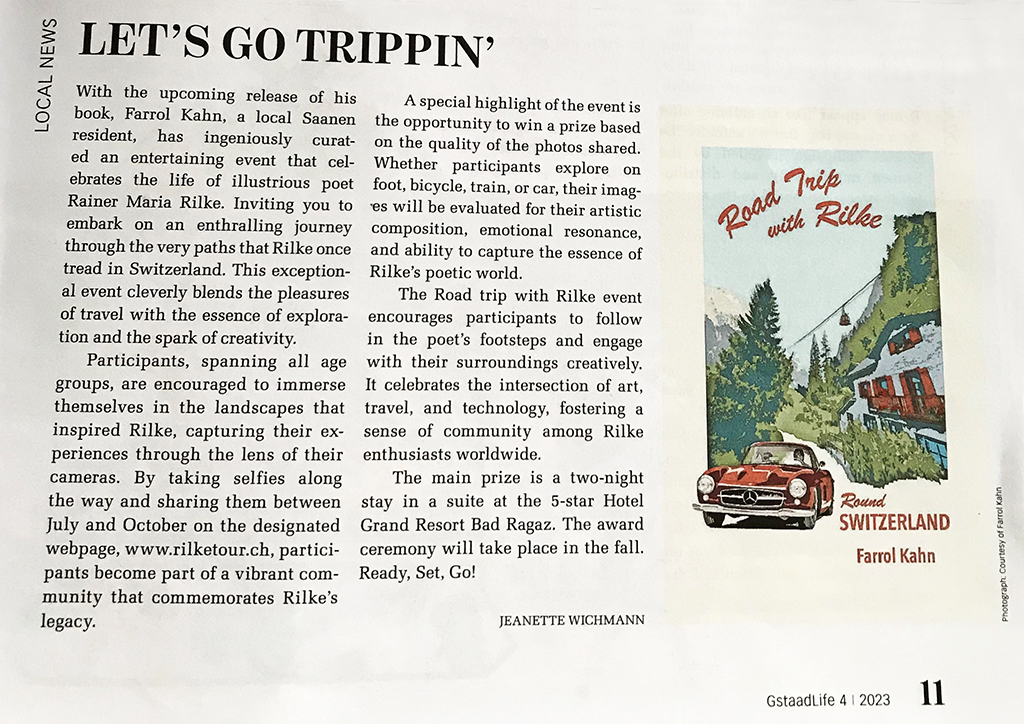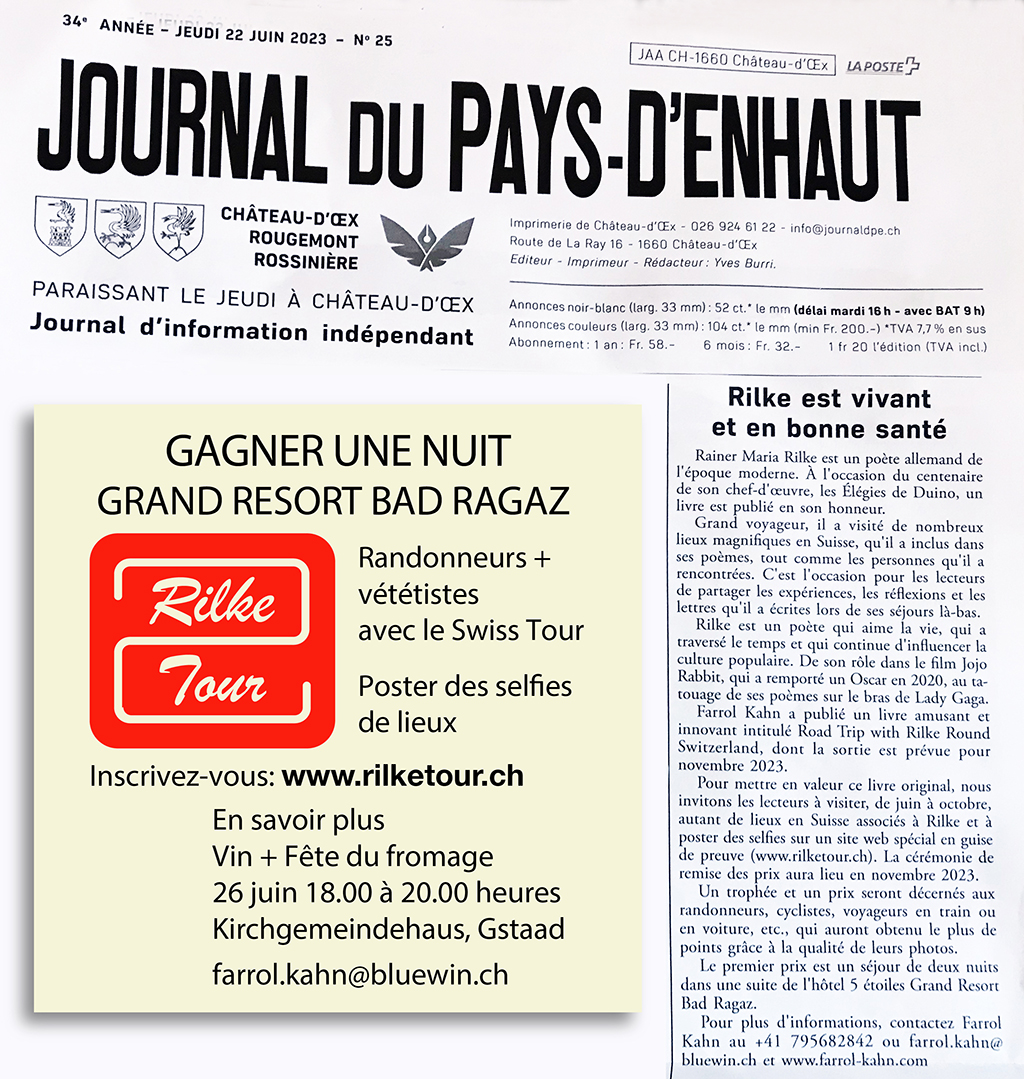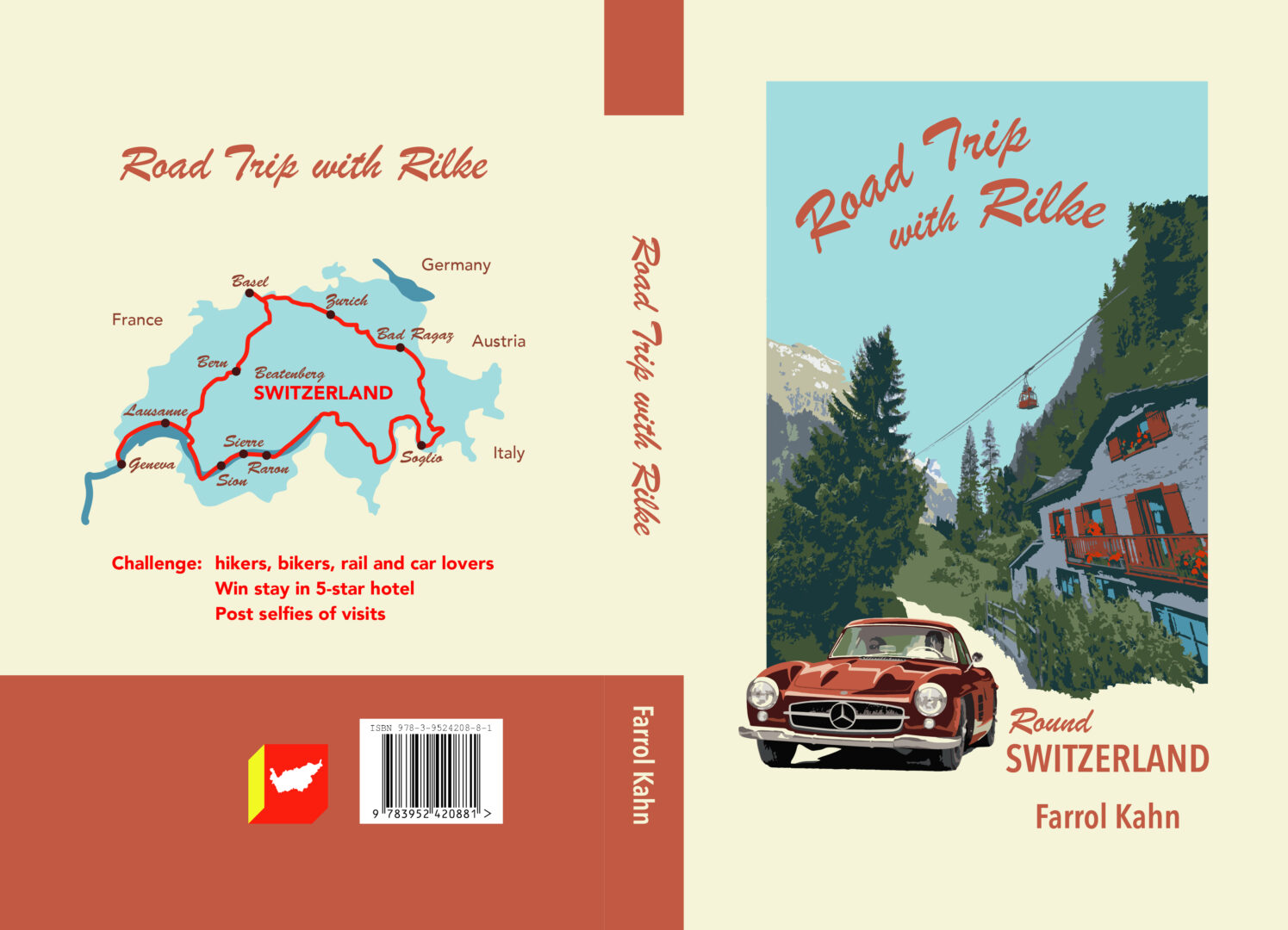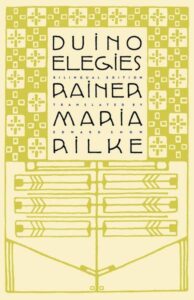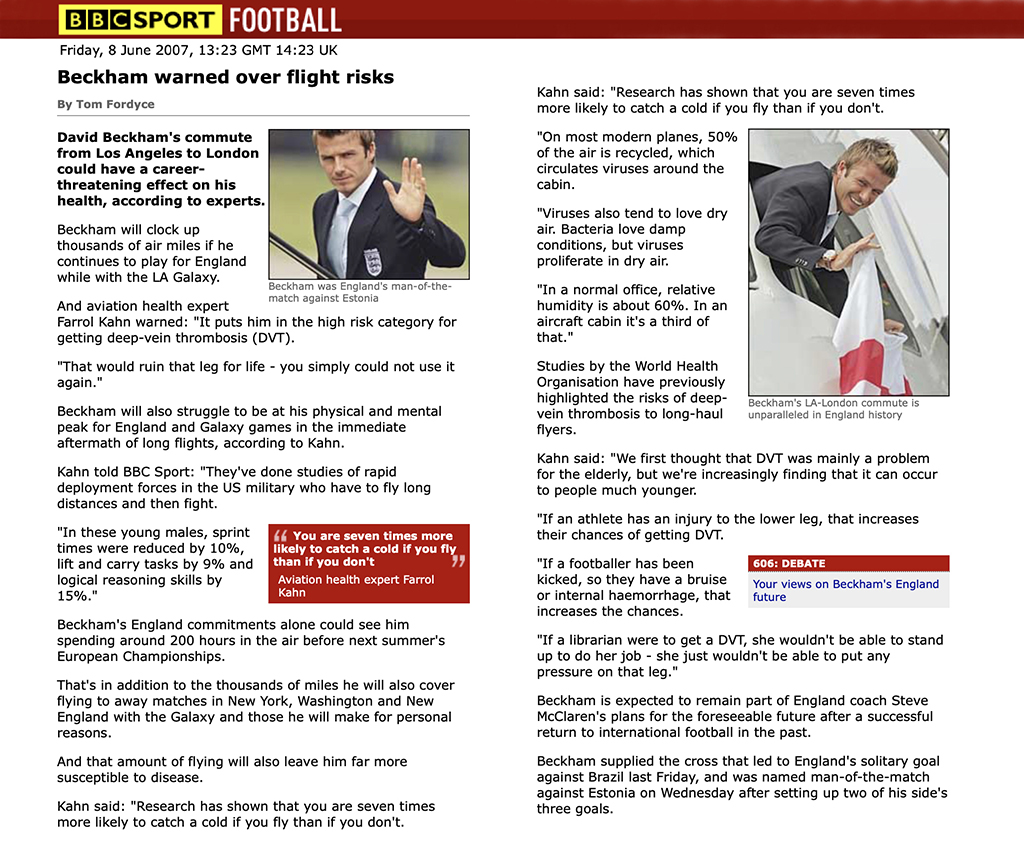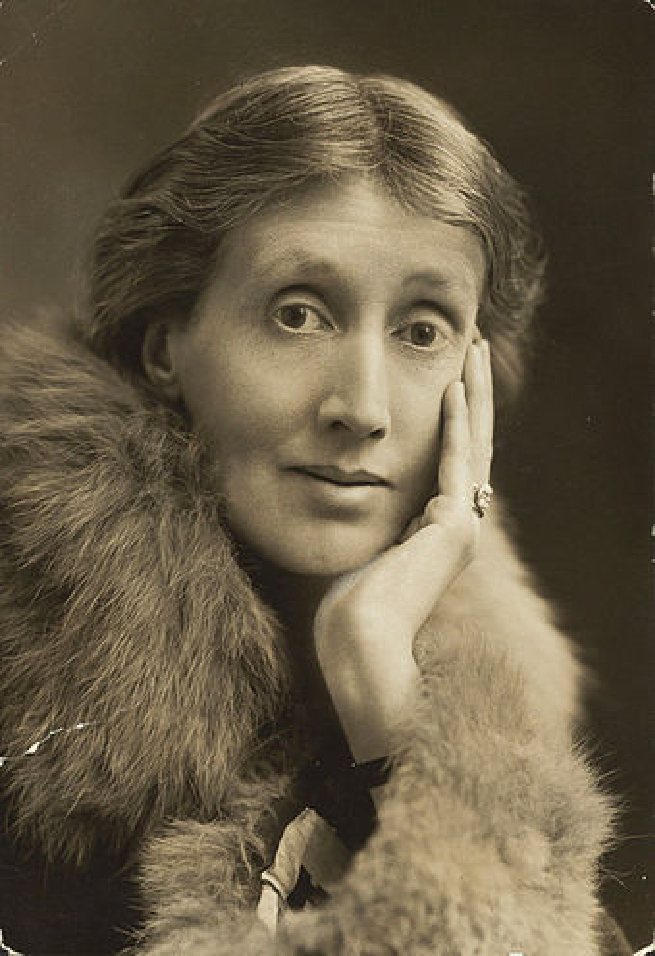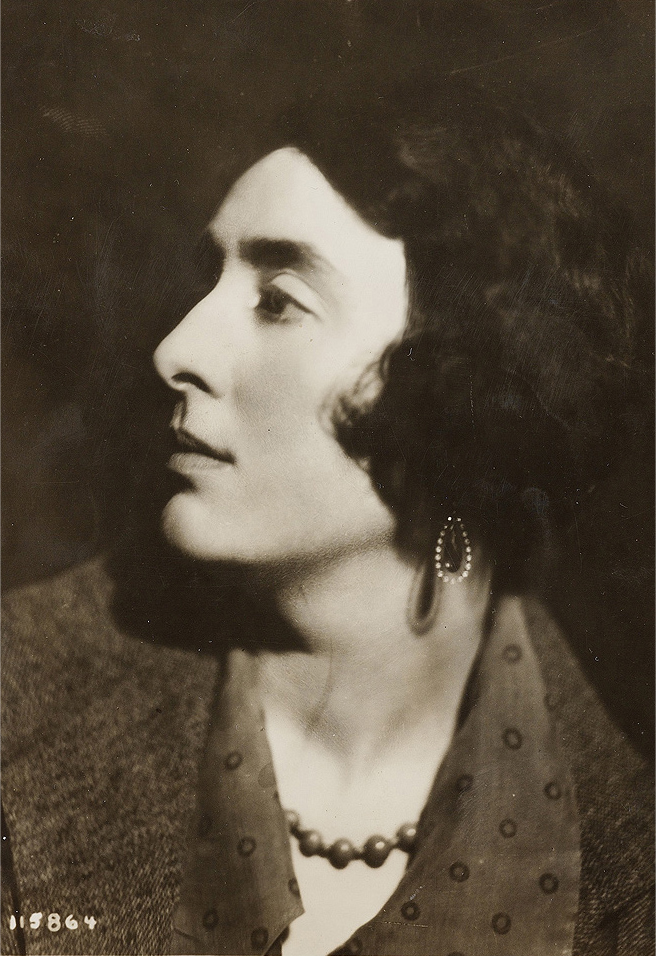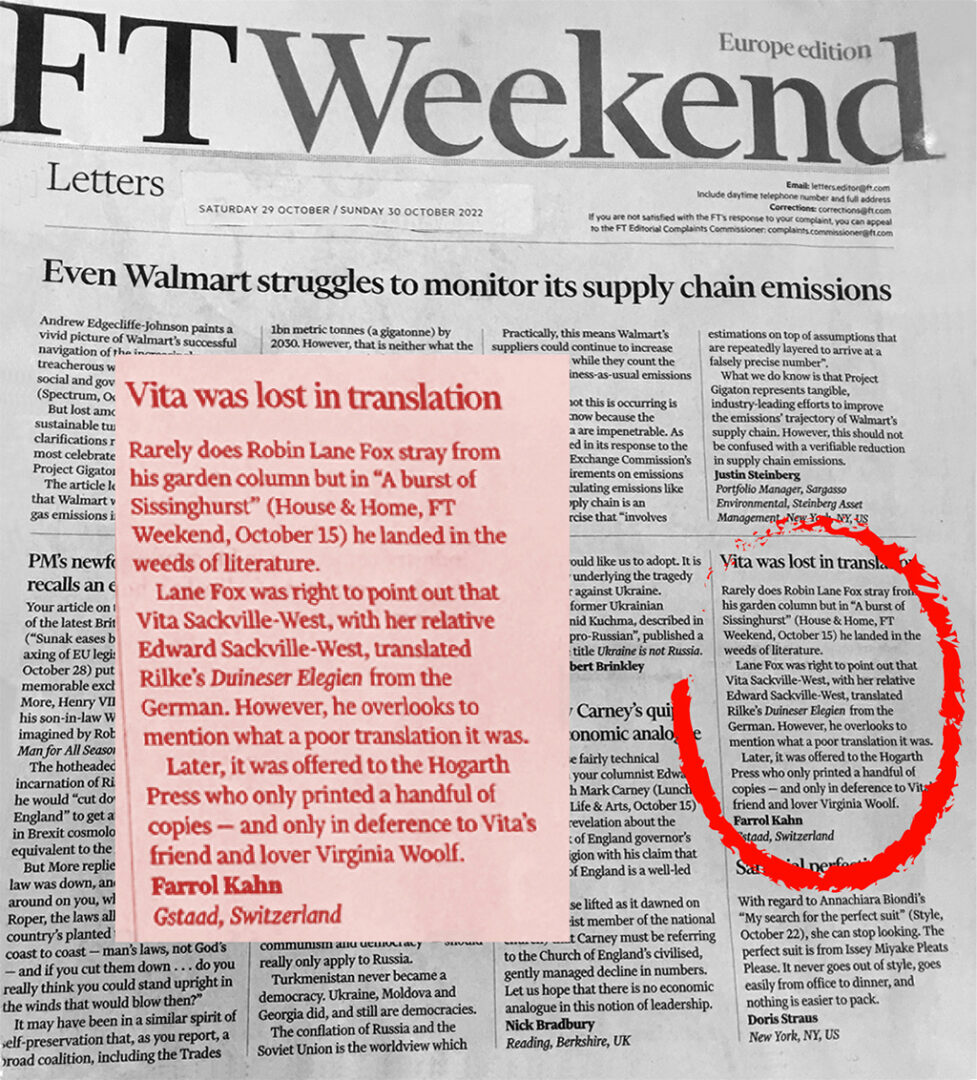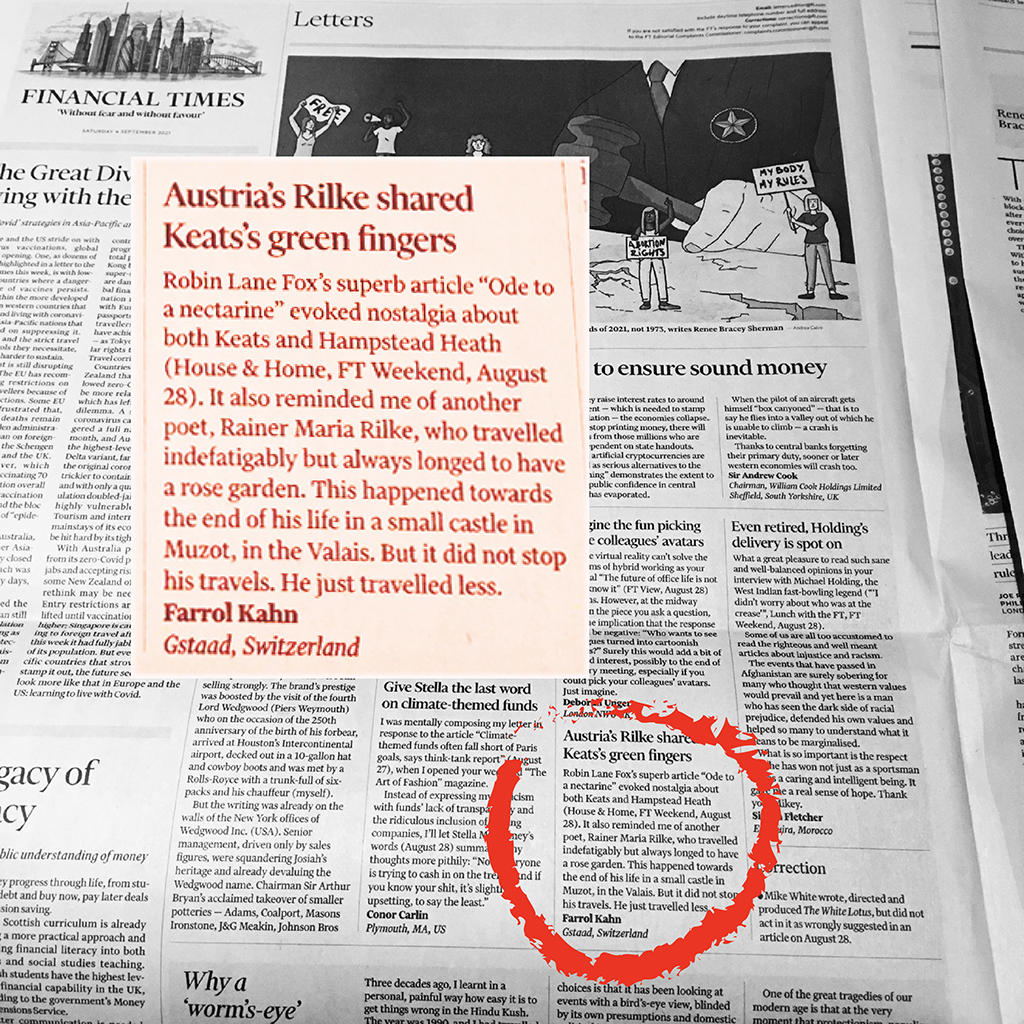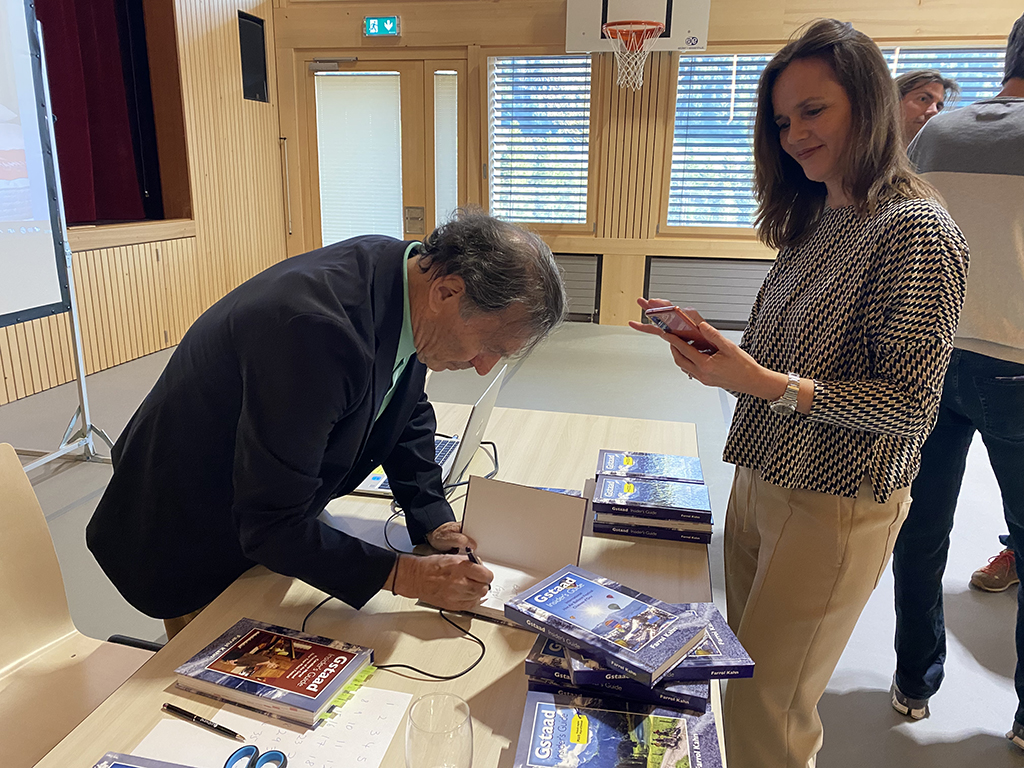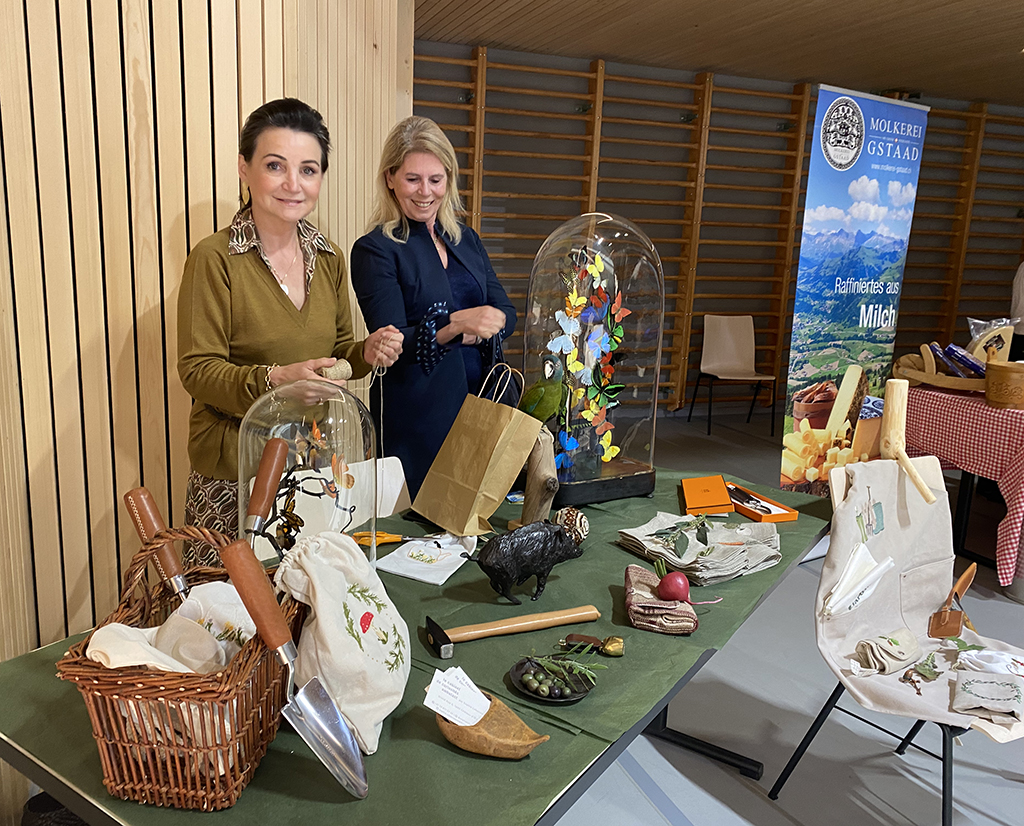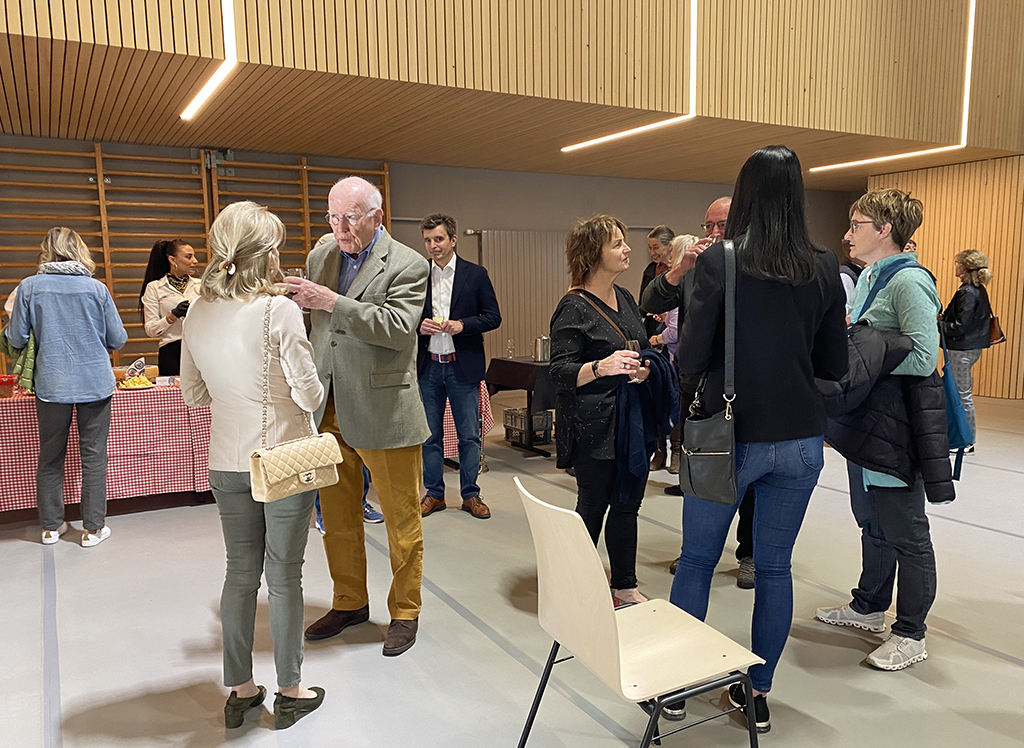
The benefits to the intellectual growth of children from the works of Rilke combined with the tour have been recognised by the Education and Culture Directorate of Bern Canton.
Dr. Sabine Bättig-Ineichen, Head of School Development Department for Bern Canton, says in the AKVB department’s April 2024 newsletter for educationalists that Rilke’s work and the tour together “offer unique insights to promote intellectual growth, intercultural values and stimulate creative thinking. The Rilke Tour combines sport, education and getting to know Switzerland better”.
The original article is reproduced below.
Das Ziel der Rilke Tour und des Buches «Road Trip with Rilke Round Switzerland» ist es, Rainer Maria Rilke anlässlich seines 150. Geburtstages sowie seine tiefgründige Poesie und einfühlsame Prosa kennenzulernen. Beide bieten einzigartige Einblicke, um intellektuelles Wachstum und interkulturelle Werte zu fördern und kreatives Denken anzuregen. Die Rilke-Tour verbindet Sport, Bildung und das bessere Kennenlernen der Schweiz. Sie findet von Juni bis Oktober 2024 statt. Gewinnen Sie mit Ihrer Schule eine Trophäe!
Rilke Tour and book: “Road Trip with Rilke Round Switzerland” The aim of the Rilke Tour and the book “Road Trip with Rilke Round Switzerland” is to get to know Rainer Maria Rilke on the occasion of his 150th birthday as well as his profound poetry and insightful prose. Both offer unique insights to promote intellectual growth, intercultural values and stimulate creative thinking. The Rilke Tour combines sport, education and getting to know Switzerland better. It takes place from June to October 2024. Win a trophy with your school!

